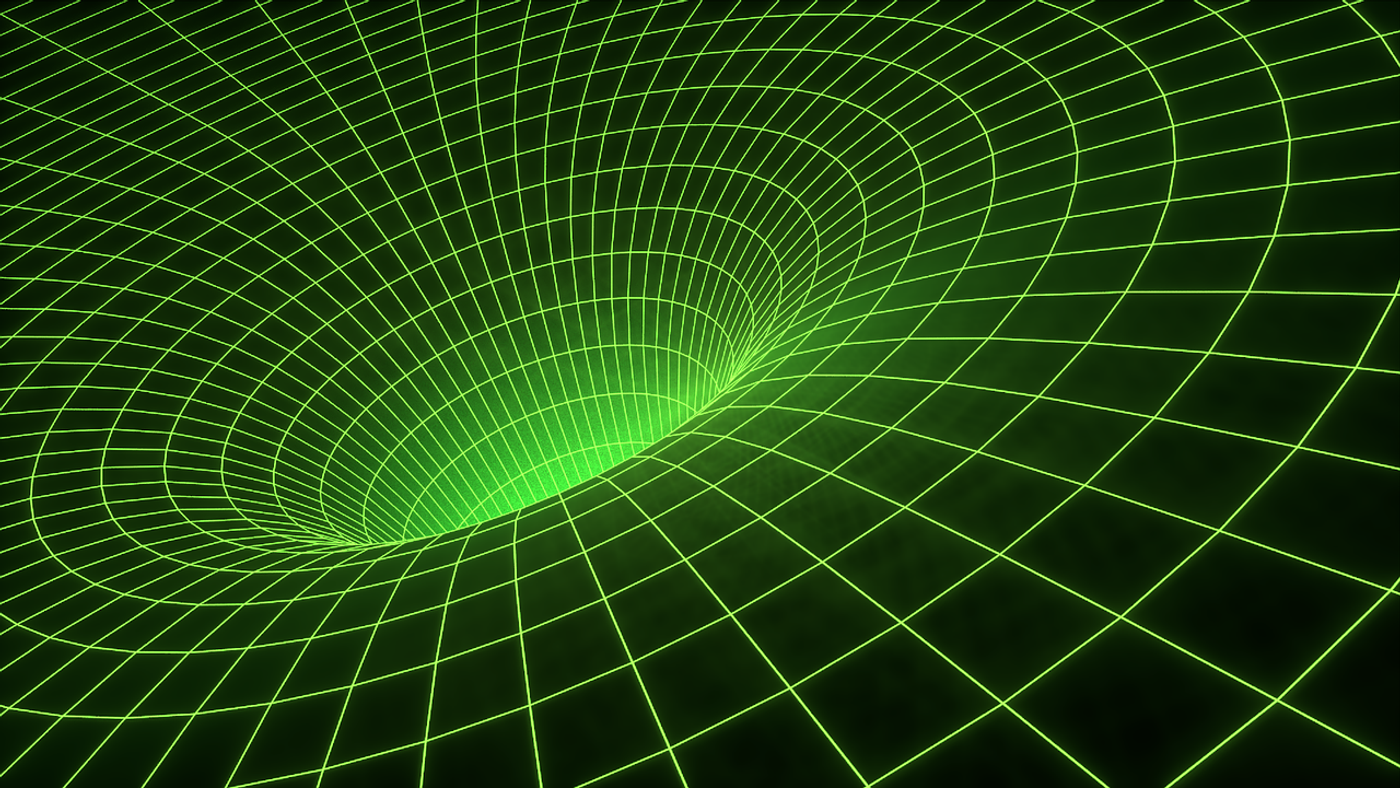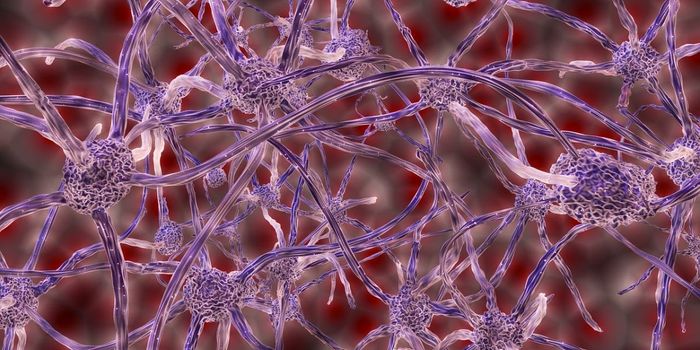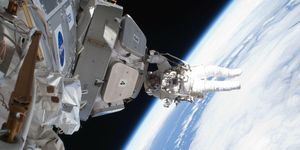Researchers Measure the Curvature of Spacetime with Time Dilation
In a dual set of papers published in Science last week, an international group of researchers presented an experiment which used relativistic time dilation to measure the curvature of spacetime. The first paper discusses the experiment setup as performed by a team of Stanford researchers. The second paper is a Perspective piece by Albert Roura, of the German Aerospace Center's Institute of Quantum Technologies, which discusses the experiment and its findings.
In our modern understanding of physics, gravity is a result of the bending or curvature of the very spacetime that makes up the entire Universe. Massive objects create significant spacetime curvature, which we experience as gravity. As Roura notes in his Perspective piece, gravity affects how objects experience time: “…clocks moving at different velocities or located in different regions of a gravitational field tick at different rates, a phenomenon known as relativistic time dilation.”
The experiment utilized this fact of time dilation to measure the amount of spacetime curvature in “10-meter-tall tower.” The researchers set up a mass of tungsten near the top of the tower and used lasers to push atoms to various heights in the tower. All of the atoms started the experiment in the same phase, and the researchers looked for differences in phases at the end to see if, and by how much, the different atoms experienced time differently.
The atoms that were closer to the mass at the top experienced more acceleration due to being closer to the mass’s gravitational pull; this led to different phase shifts. Just like the clocks ticking differently, atoms in different regions of the gravitational field changed phase differently, and researchers examined these differences to measure the experienced time dilation and reveal the amount of spacetime curvature.
This research confirms predictions of general relativity and shows that gravity can produce phase shifts like other physical phenomena, such as electromagnetic forces and fields. Roura comments on the importance of the study saying, “in addition to the importance of the results for fundamental physics, the methods used can lead to more accurate measurements of Newton’s gravitational constant, which parametrizes the strength of the gravitational interaction and is by far the least accurately known of all fundamental constants.”
Source: Phys.org; Science; Science









